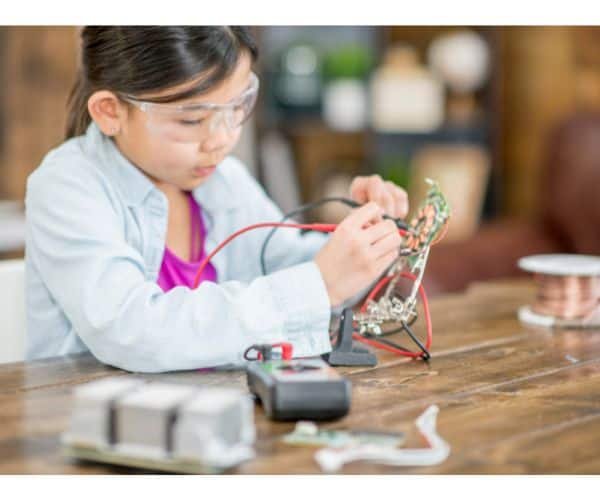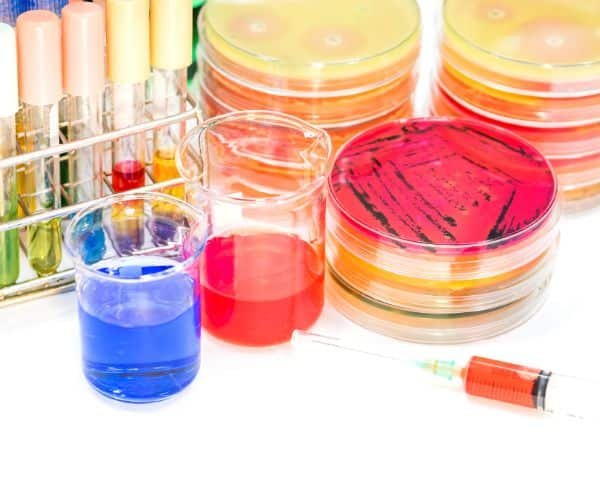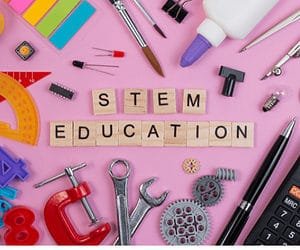What is STEM education?
There are a lot of talks these days about STEM education, but what exactly is it? STEM stands for Science, Technology, Engineering, and Mathematics. All four of these disciplines are important and interconnected, so it’s essential that students have a strong foundation in all of them. That’s what makes STEM education so important. By emphasizing all four of these areas, students are better prepared to solve real-world problems and thrive in the 21st-century workplace.
What are the Benefits of a STEM Education?
STEM education provides students with essential skills for success in various careers. Some of the benefits of a STEM education include:
•Real-world Problem-solving:
Students who are taught using a STEM approach learn how to apply their knowledge to solve real-world problems. This is an essential skill for success in any career.
• Critical Thinking and Analytical Skills:
A key component of STEM education is encouraging students to think critically about the world around them. By analyzing data and evaluating evidence, students learn how to make informed decisions—a skill invaluable in any career field.
• Teamwork and Collaboration:
In order to complete most projects, STEM students must work together as a team. They learn how to communicate effectively and work together towards a common goal—skills that are essential in any workplace.
• Communication Skills:
One of the main objectives of a stem education is teaching students how to communicate their ideas clearly and effectively both verbally and in writing–which are both highly sought-after skills on the job market today.
• Project Management Skills:
STEM classes often involve hands-on experimentation and application of concepts, requiring students to plan and manage their own projects from start to finish. They can learn how to allocate resources effectively, manage their time, communicate with team members, and troubleshoot any issues that arise.
The Different Types of STEM Education Available
There are many different types of STEM education available, ranging from traditional classroom instruction to more hands-on, experiential learning. Which type of STEM education is right for your students? Let’s take a look at the different types of STEM education available so you can make an informed decision.
Traditional Classroom Instruction:
This is the type of STEM education that most people are familiar with. In a traditional classroom setting, students learn about science, technology, engineering, and mathematics through lectures and textbooks. While this type of instruction can be effective, it can also be quite dry and boring for some students.
Project-Based Learning:
In project-based learning, students work on real-world projects that require them to use their STEM skills. For example, a student might design a new product or build a prototype of something they’ve designed. This type of learning is often more engaging for students than traditional instruction because it allows them to see the practical applications of their knowledge.
Experiential Learning:
Experiential learning is a type of learning that takes place outside of the classroom, and in the real world. Students might participate in internships, co-ops, or other types of programs that allow them to apply their STEM skills in a real-world setting. This type of learning can be invaluable for helping students transition from the classroom to the workforce.
There are many different types of STEM education available, each with its own strengths and weaknesses. It’s important to choose the right type of STEM education for your students based on their needs and interests. By doing so, you’ll ensure that your students are getting the most out of their educational experience and that they’re prepared for success in the workforce.
The benefits of STEM education for businesses and the economy
There are many benefits of STEM education for businesses and the economy.
First, STEM education helps to close the skills gap. There are not enough workers with the necessary skills to fill all of the available jobs in STEM fields. By promoting STEM education, businesses can help to ensure that there is a pipeline of qualified workers to fill these roles.
Second, STEM education can help to boost innovation and creativity. Employees with STEM skills are better able to solve problems and come up with new ideas. This is essential for businesses that want to stay competitive in today’s market.
Third, STEM education can help to improve workforce productivity. Employees with STEM skills are able to work more efficiently and effectively. This leads to increased productivity and profitability for businesses.
Fourth, STEM education can help to reduce workplace accidents. Employees with STEM skills are better able to identify potential hazards and take steps to avoid them. This leads to a safer work environment and lower workers’ compensation costs for businesses.
The challenges faced by STEM educators today
Teaching STEM subjects can be a challenge under the best of circumstances. But educators today are facing more challenges than ever before.
Keeping Up With Changing Technology
One of the biggest challenges facing STEM educators is keeping up with the latest technology. Just when you think you’ve got a handle on the latest software or app, something new comes out. While it’s important to keep up with the latest changes in technology, it’s also important not to get bogged down in the details. There are ways to stay abreast of new developments without becoming an expert in every single one. One way is to join a professional learning community or online group where members share resources and ideas. Another way is to attend conferences or workshops focused on technology in education. And finally, don’t forget about your students! They can be a great resource for learning about new technology trends.
Preparing Students For High-stakes Tests
Another big challenge facing educators today is preparing students for high-stakes tests such as the SATs, ACTs, and state assessments. The pressure to perform well on these tests can be overwhelming for both teachers and students. However, there are things you can do to help ease the pressure and set your students up for success. First, make sure you’re familiar with the format of the test and what types of questions will be asked. Next, provide your students with plenty of practice opportunities so they can become comfortable with the format and timing of the test. Finally, try to create a positive testing environment in your classroom by promoting test-taking strategies such as deep breathing and positive self-talk.
Working With Limited Resources
Budget cuts have led to major changes in public education over the past few years, and STEM educators have not been immune from these cuts. In many schools, budgets are so tight that teachers are being asked to do more with less. This can be frustrating, but there are ways to work around limited resources. One way is to get creative with what you have available. For example, if you don’t have access to expensive science equipment, try using everyday objects to demonstrate concepts. You can also tap into free online resources such as lesson plans, videos, and simulations. Finally, don’t hesitate to reach out to other teachers or community members for help when you need it.
Meeting The Needs Of A Diverse Student Population
Today’s classrooms are more diverse than ever before, which can pose challenges for educators who aren’t used to working with students of different backgrounds and abilities. In order to meet the needs of all students, educators need to be able to adjust their instruction and assessment methods accordingly. They also need to be aware of any cultural biases that may impact how they teach their subject matter. By being sensitive to the needs of their students, educators can ensure that everyone has an equal opportunity to succeed in STEM classes.
STEM education is more important than ever, and we’re here to help supply you with the best toys and tools to make your learning experience fun and engaging. Check the creative science kits here. Be sure to subscribe to our blog or follow us on social media to learn more about STEM education and how to make the most of it in your classroom or home. We can’t wait to see what amazing things you accomplish with a little bit of STEM magic!












